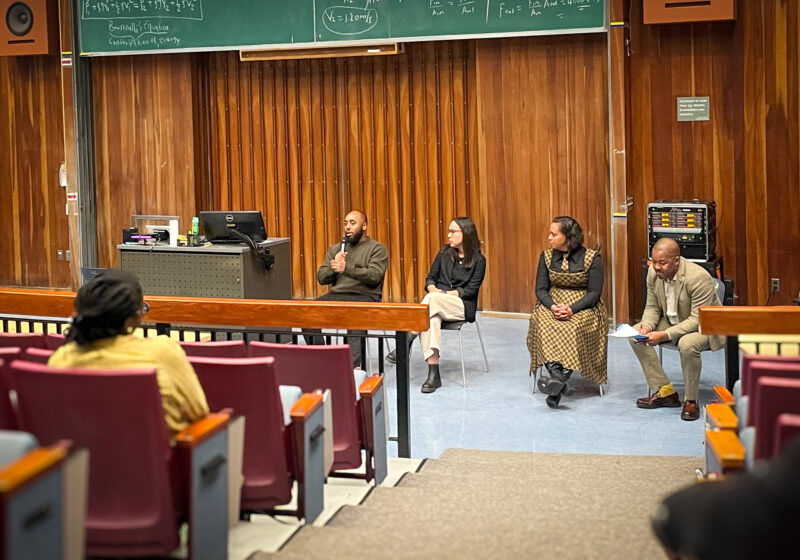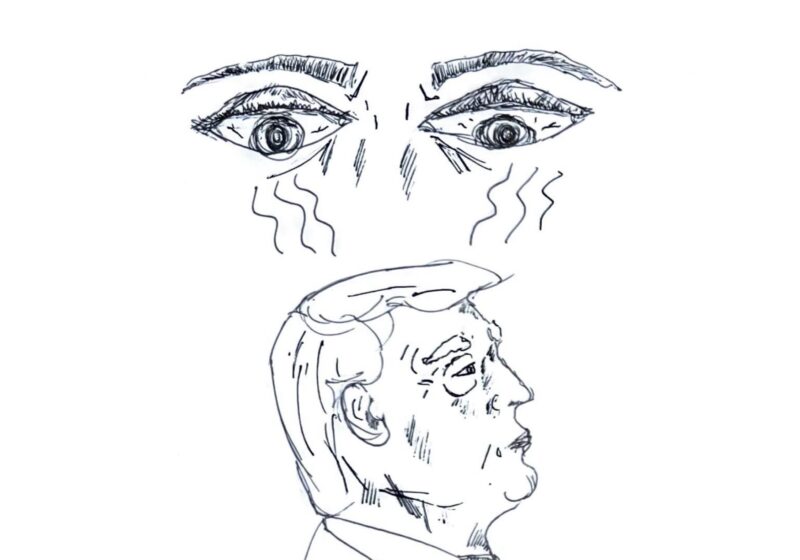This year’s Students’ Association (SA) election took place amid a season of changes to SA. Just shy of the campaign period, our student government adopted a new set of bylaws, fundamentally altering its structure. But, even though this addressed many of SA’s ailments, much was overlooked, including the most important part of our representative government—voting.
Fundamental to our system of government, both on- and beyond campus, is the idea of voting. In order for our governments to function, voters must not only be able to make their voices heard, but they must also be interested in doing so. It is this—voter turnout—that has consistently been an issue in SA’s election cycles.
Historically, SA elections have had low turnout rates. The SA Vote website states that “1,511 students voted in the Spring 2015 Elections” out of a student body of 5,942, or 25.43%. SA Elections Committee Chair Paul Jaquish said that this count was down a few hundred from last year.
According to the SA Vote website, the winning presidential and vice-presidential team of Grant Dever and Melissa Holloway received 933 votes to Ethan Bidna and Erinmarie Byrnes’ 386. This means that next year’s SA president was voted in by less than 16% of the student population. Less than one-sixth of students chose the two most influential students on campus next year. This begs the question: is our student government truly representative of our student body?
That SA has not made an effort to improve turnout despite years of dismal numbers is troubling. Jaquish told us in an interview that increasing voter turnout “was never an explicit goal” of the SA going into this year’s election, though he said that he “want[s] to prioritize getting more votes.” In the future, we hope that the Elections Committee addresses this issue.
We would like to propose a few options for SA to consider. To find out more about how SA can address this issue, we sat down with Assistant Professor of Political Science Bonnie Meguid, who studies voting patterns.
The strategy that would guarantee the highest voter turnout would be to impose mandatory voting—students must vote or face sanctions. Though this would probably result in a 100% turnout rate, it would also face resistance from students and would never be passed.
The next most effective option would likely be an incentive-based program. For example, look at how the administration tackles the issue of getting course evaluations: students must fill out the evaluation forms in order to get their grades earlier. While Jaquish said that SA does not have the proper jurisdiction nor influence to implement a program exactly like the administration’s, he did say that “[he thinks the Elections Committee] could devise some incentives for voting.”
Otherwise, all SA can do to try to increase turnout is to get the word out more, which is something that Jaquish was very open to exploring. Extending SA’s physical presence during election seasons—through more polling tables in varied locations—was one concrete solution identified by Jaquish and is certainly supported by us.
Meguid said that physical voting locations give people a social incentive to vote. As she explained, online voting eliminates the social aspect of voting, which is a major factor in most people’s decision to take the time to vote. She pointed to the case of Switzerland, which switched to all mail-in ballots only to find that the number of votes cast actually went down.
However SA chooses to proceed, we hope they will allot some time to tackle this issue. Their continued legitimacy depends on it.





